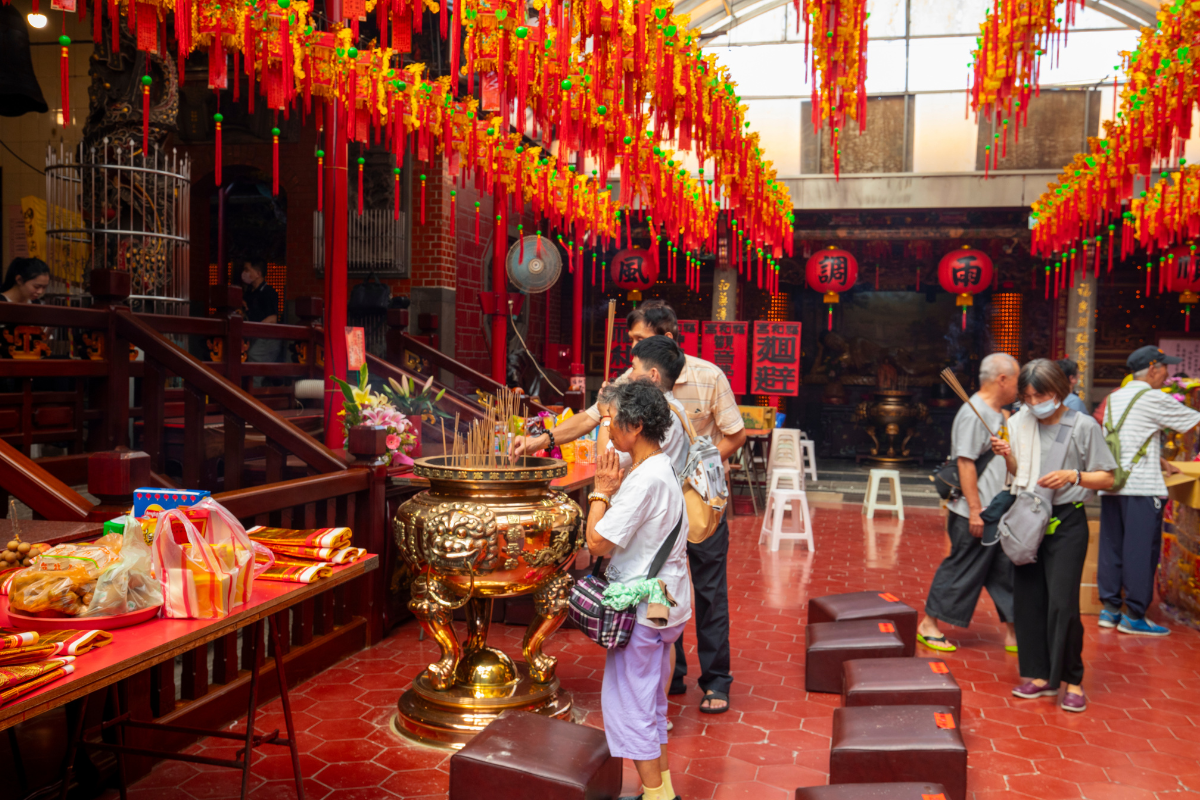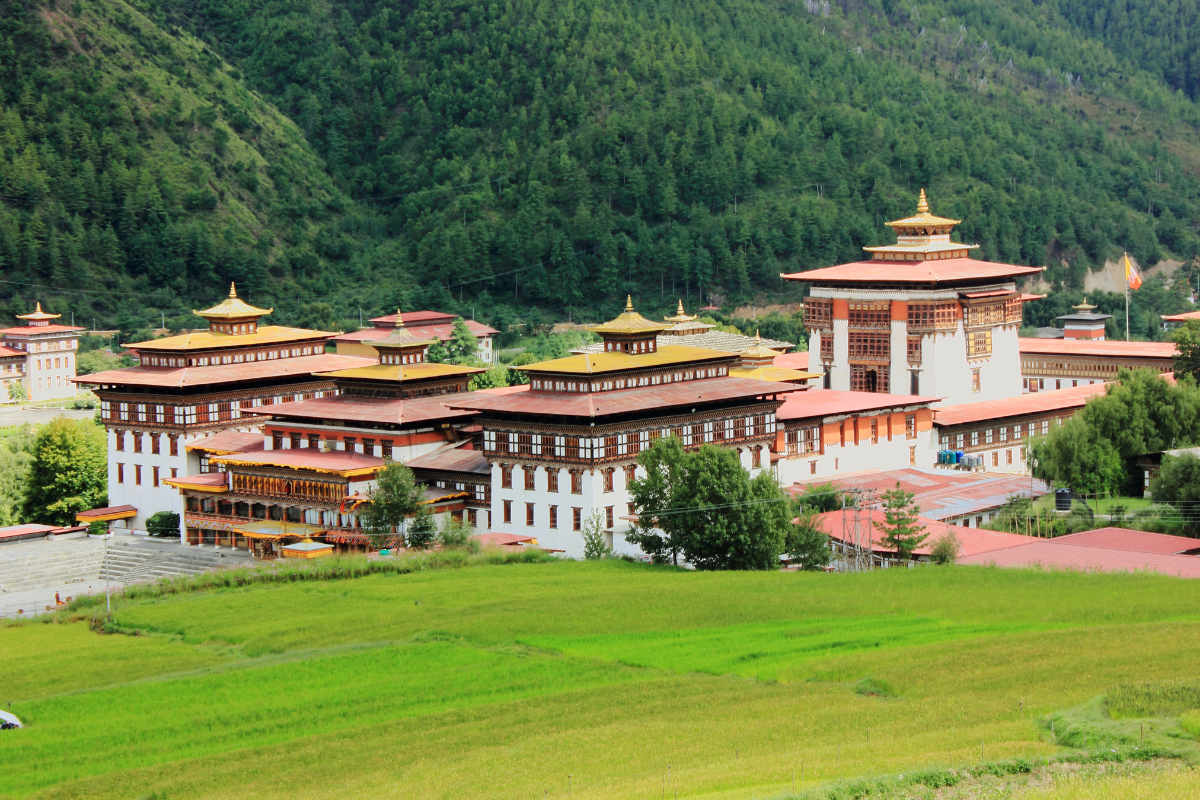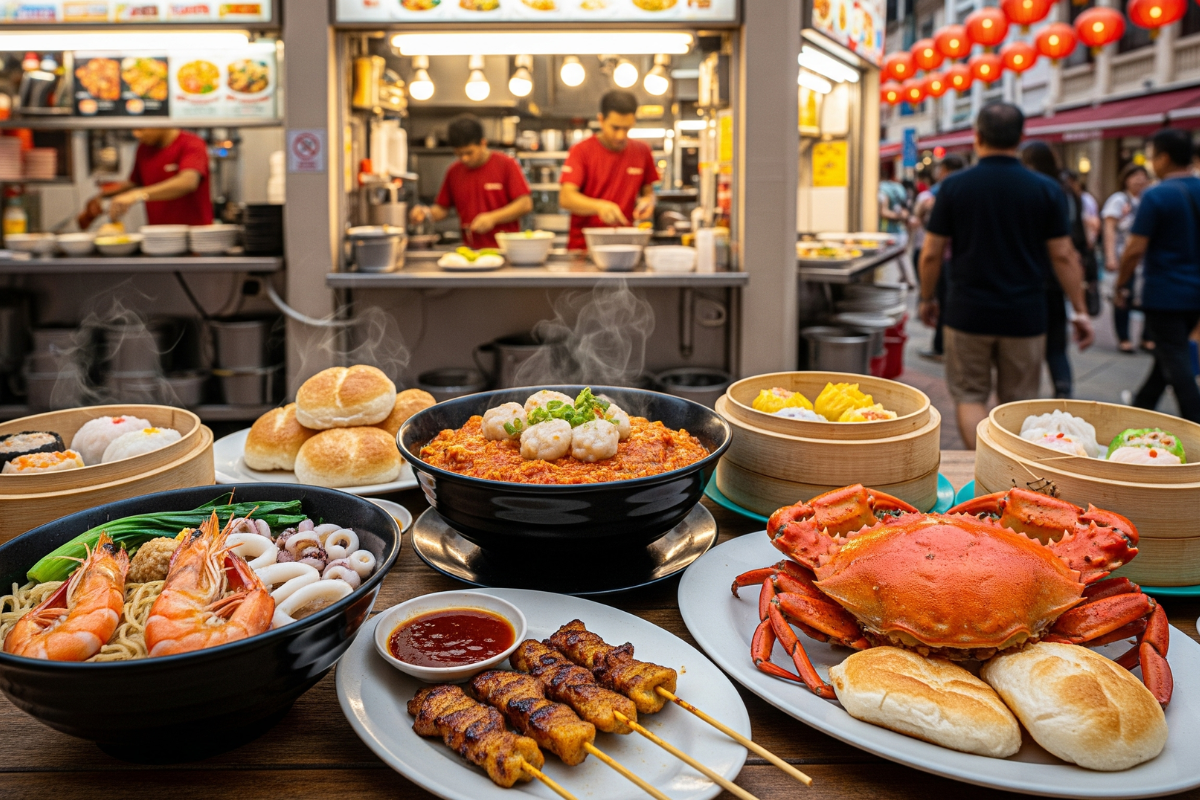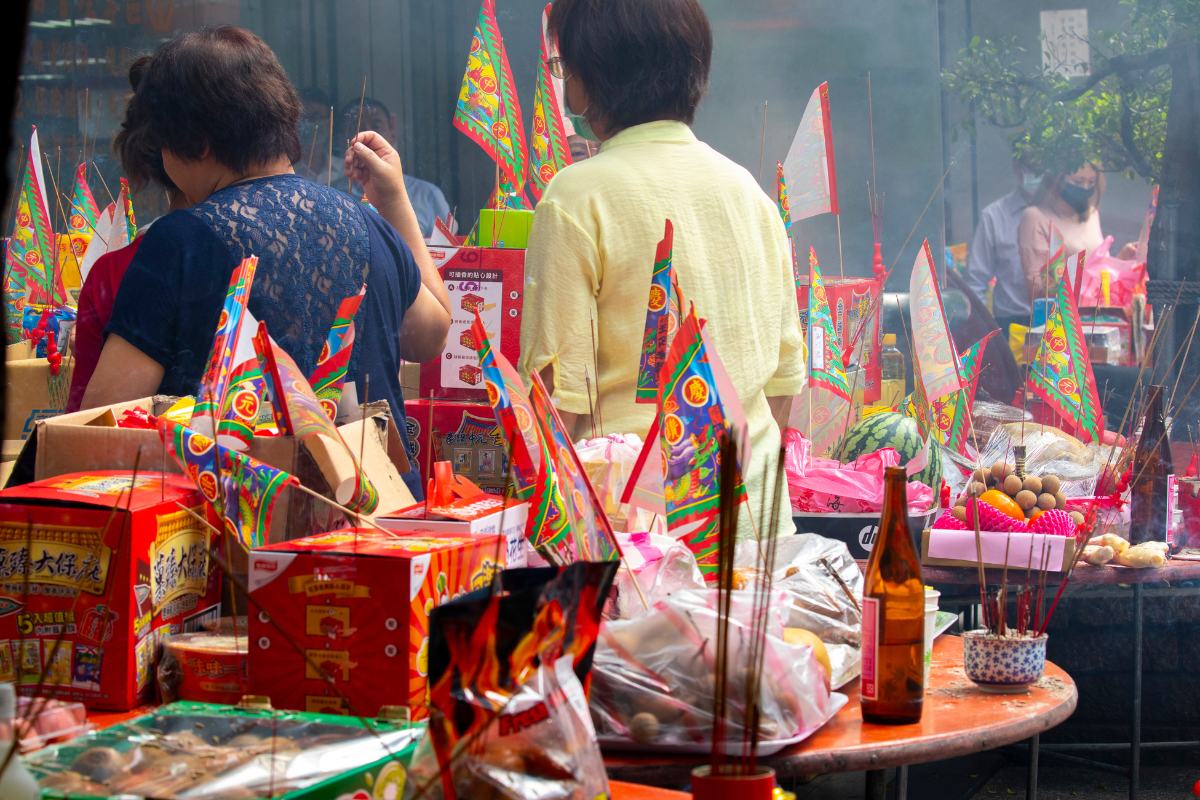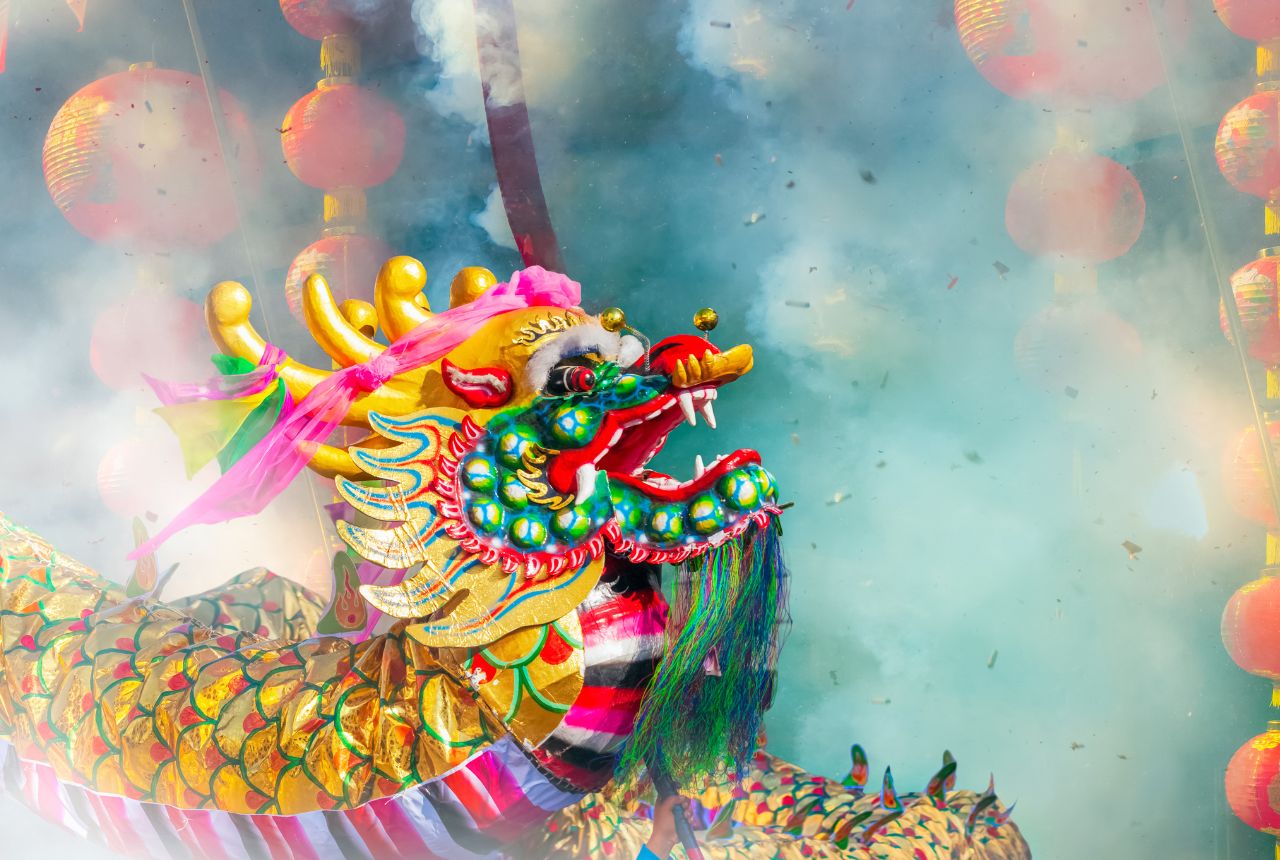Hungry Ghost Festival 2025 in Singapore
Hungry Ghost Festival 2025 in Singapore
Every year, as the sweltering heat of mid-year mellows into the faint hint of autumn, Singaporeans prepare for a festival unlike any other. Known widely as the Hungry Ghost Festival, or Ghost Month, this is a time when the invisible world draws close to the visible. Beliefs hold that the gates of the afterlife swing open, allowing spirits to roam freely among the living.
In 2025, the Hungry Ghost Festival falls between 23 August and 21 September, reaching its height on 6 September, the 15th day of the seventh lunar month. During this period, the island is transformed: the aroma of incense drifts through void decks, makeshift altars appear along pavements, and outdoor stages blaze with the neon glamour of Getai performances. For locals, it is a poignant reminder of ancestry, tradition, and respect. For visitors, it is a window into the cultural heartbeat of Singapore.
Origins & Spiritual Significance
The Hungry Ghost Festival is steeped in both Taoist and Buddhist practices, blending mythology with moral lessons. Taoist belief centres on the idea that, once a year, restless souls are released from the underworld to wander the earth. To prevent mischief or misfortune, families prepare offerings of food, joss sticks, and paper money to appease these wandering spirits.
The Buddhist roots, on the other hand, lie in the Ullambana Sutra. The story tells of Maudgalyayana, one of Buddha’s disciples, who discovered that his deceased mother was suffering in the realm of hungry ghosts. In his grief, he offered food, only to find it burst into flames before reaching her. Buddha instructed him to gather monks and make offerings together, thus freeing his mother and other suffering spirits. This tale became the basis of Ullambana, emphasising filial piety and compassion.
In Singapore, these threads intertwine. The festival is not only about appeasing the unseen but also about strengthening family ties and remembering ancestors with gratitude.
Rituals & Observances in Singapore
Offerings & Burnings
Throughout Ghost Month, it is common to stumble across makeshift altars on sidewalks, in carparks, or at the foot of HDB blocks. Tables are laden with fruits, rice, roasted meats, and sweets, alongside incense and candles. For the unseen visitors, paper effigies are burned—symbolic items ranging from gold ingots and clothing to modern luxuries like smartphones, credit cards, and even cars. These burnings are believed to provide spirits with comfort in the afterlife.
The sight of these rituals in the heart of the city is uniquely Singaporean. Amid skyscrapers and MRT lines, one can still find pockets of quiet devotion, where residents pause to bow, light joss sticks, and mutter prayers into the smoke-filled air.
Getai Performances
If the offerings are solemn, Getai brings the colour and spectacle. These live stage performances are a signature feature of Singapore’s Hungry Ghost Festival. Originally meant to entertain wandering spirits, Getai has grown into a cultural phenomenon enjoyed by both the living and the dead.
Stages are erected in neighbourhoods, lit with dazzling neon, and filled with singers belting out tunes in Hokkien, Mandarin, Malay, and English. Costumes shimmer with sequins, dancers twirl, and comedians crack cheeky jokes laced with innuendo. Yet, the front row of seats remains conspicuously empty—reserved for the spirits.
For many Singaporeans, Getai is as much about nostalgia as it is entertainment. Older residents remember its heyday in the 1960s and 70s, while younger audiences are rediscovering it as part of their heritage.
Community & Temple Rites
Beyond neighbourhood rituals, temples across Singapore host elaborate ceremonies led by Taoist priests. These often include chanting of scriptures, repentance rituals, and prayers to guide spirits towards peace. Monks may also hold Ullambana services, inviting families to make offerings in remembrance of ancestors.
For some, these rites are deeply spiritual; for others, they are communal events where neighbours and relatives gather, reinforcing bonds of kinship and belonging.
Modern Adaptations
In recent years, Singapore has seen a growing shift towards eco-conscious practices. With concerns over air pollution and sustainability, some families now opt for smaller symbolic offerings or donate to charities instead of burning large quantities of paper. Digital memorial platforms are also emerging, allowing people to honour ancestors online.
These changes reflect Singapore’s adaptability—maintaining tradition while embracing modern values.
Taboos & Precautions
Ghost Month is also marked by a series of taboos—rules passed down through generations to protect the living from unwanted spiritual encounters. While some take them lightly, many still observe these customs out of respect.
- Avoid major life decisions: Weddings, moving into new homes, or launching businesses are often postponed. The belief is that such events could invite bad luck when spirits roam.
- Stay indoors at night: Evenings are thought to be when ghosts are most active, making late-night strolls ill-advised.
- Refrain from swimming: Spirits are said to lurk in water, waiting to pull the unsuspecting under.
- Do not whistle or sing at night: It is believed to attract wandering souls.
- Avoid disturbing offerings: Stepping on joss paper, taking food left at altars, or carelessly walking through incense smoke is considered disrespectful.
These practices may sound eerie to outsiders, but for locals, they represent a blend of caution, tradition, and cultural storytelling.
Ghost Day: The Festival’s Peak
The climax of the Hungry Ghost Festival falls on 6 September 2025. On this day, the veil between worlds is believed to be thinnest, and the presence of spirits at its strongest. Families make their most generous offerings, and Getai performances reach their most vibrant, often drawing large crowds.
It is a night of sensory intensity: the crackle of burning paper offerings, the pulsing bass of stage music, the laughter of audiences, and the solemn chants of temple prayers—all unfolding simultaneously across the island.
A Cultural Balancing Act
The Hungry Ghost Festival in Singapore illustrates how the nation balances modern life with centuries-old tradition. It is not just about appeasing spirits but also about remembering one’s roots, valuing family, and cherishing community.
At its core, the festival embodies three enduring values:
- Filial piety: Respect and gratitude for ancestors.
- Community spirit: Neighbours and families come together in shared rituals.
- Adaptability: Traditions evolve to fit contemporary lifestyles while retaining meaning.
Closing Reflection
For those unfamiliar with it, the Hungry Ghost Festival might seem otherworldly, even intimidating. But for Singaporeans, it is a season of connection—between past and present, seen and unseen, self and community. It is a cultural expression that resonates with reverence, humour, and resilience.
As incense smoke curls into the sky and neon lights flash from Getai stages, the cityscape of Singapore becomes a stage for both the living and the departed. The Hungry Ghost Festival 2025 is more than a ritual; it is a mirror of Singapore’s cultural identity, reminding us that in honouring the dead, we reaffirm what it means to be alive.

